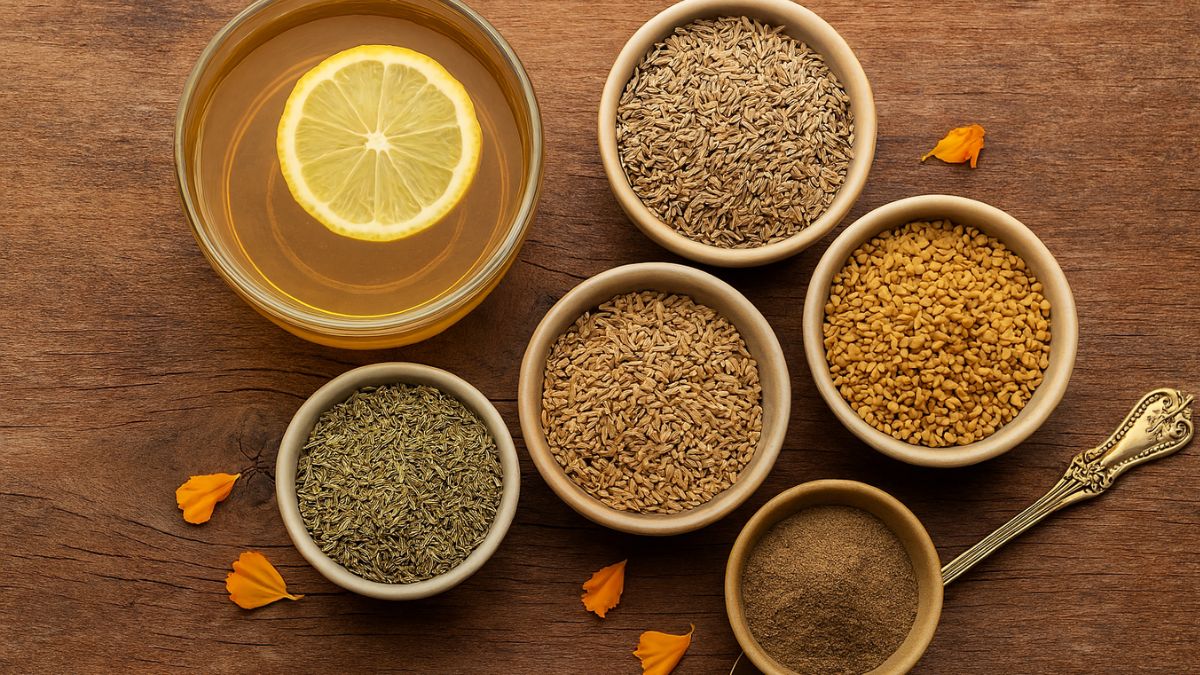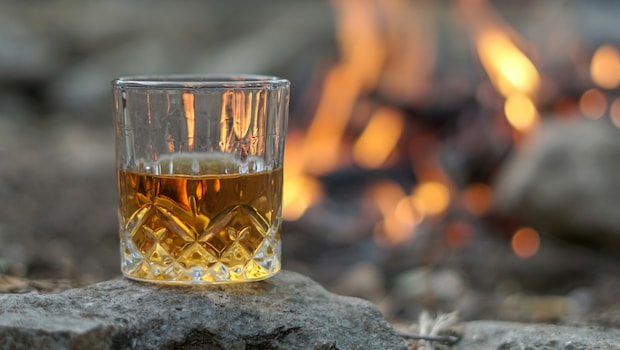Long before whisky found its way to Indian tables, it travelled across continents with an unexpected twist in its story. In the mid-19th century, when a major crisis ravaged European vineyards, Scotch whisky stepped into the spotlight. From being relatively unknown, it became a rising export as traders set up offices to source, blend, and bottle, giving birth to many of the global names that gained fame in the years ahead.
Over time, Scotch turned into one of Great Britain's significant exports, travelling with soldiers and officers who carried it wherever the Empire went. In distant colonies, the sound of boots often mingled with the clink of bottles, making whisky not just a drink but a part of the social setting that moved with them.
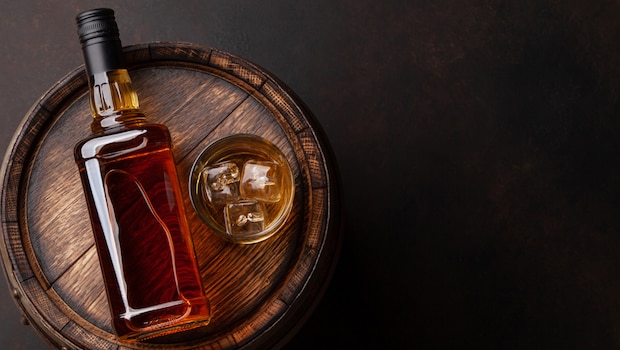
Photo Credit: iStock
How Whisky Made Its Way to Indian Tables
Whisky arrived in India around the early 20th century, and at first, it was not without scrutiny. Concerns over its effects prompted reviews and regulations, which eventually led to its acceptance. From there, it began to appear at gatherings among the colonial elite and soon became a marker of formal dining occasions, moving from clubs to homes as the decades went by.
Also Read: 5 Must-Have Whiskey Glasses For Your Bar Collection
That gradual integration shaped its long-standing presence in India, where it now occupies an important space on dining tables and in celebratory rituals. Today, as contemporary spirits compete for attention, whisky retains its loyal following. But what drives this preference?
Why Do Indians Like Drinking Whisky?
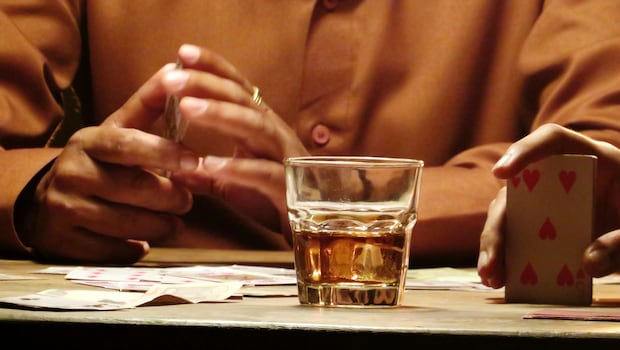
Photo Credit: Unsplash
The reasons go beyond influence or availability. The way whisky adapts to different drinking styles, diluted with water, paired with soda, or served over ice, makes it suitable for varied climates and occasions. In India's warm weather, these lighter serves remain popular, making it a practical and versatile choice.
Flavour also plays a role. Whisky offers a balance that works well alongside spice-forward dishes, as a splash of soda can refresh the palate between bites. This pairing is one reason it has found favour at festive meals and long conversations over shared plates.
Across the country, darker spirits have traditionally enjoyed popularity, and whisky fits well within this preference. Over the years, its association with occasions - family events, social evenings, and celebratory moments - has helped it stay relevant even as other drinks trend in and out.
Also Read: Cheaper Whisky And Bar Tabs? What The India-UK Free Trade Deal Really Means For Your Drink
Whisky on Screen: From Luxury Symbol to Lifestyle Element
Cinema played its part in shaping whisky's image, often placing it in scenes that suggested sophistication or drama. In early films, it was associated with grandeur - well-furnished sets, glass cabinets, and elaborate bars became familiar backdrops. Characters holding a drink were often portrayed as powerful, reflective, or even conflicted, adding layers to its cultural portrayal.
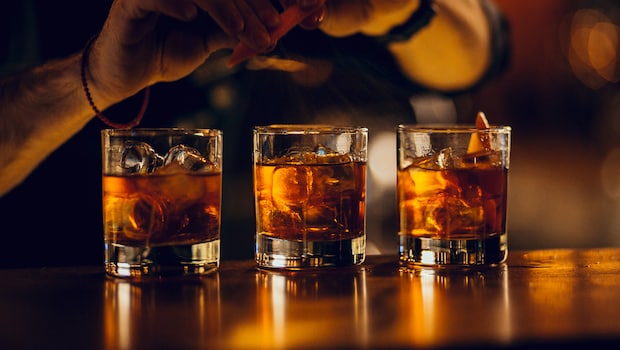
Over the decades, whisky appeared in iconic sequences - sometimes lighthearted, sometimes intense - cementing its place as more than a prop. This visual presence contributed to its reputation as a drink that signals occasion, personality, and lifestyle aspiration.
The Rise of Indian Whisky
With demand growing steadily, India began producing whisky early on, and the country now has a significant presence in the global spirits market. Distilleries established more than a century ago laid the foundation for a thriving industry that continues to innovate and expand.
Also Read: American Whiskey Versus Scotch: What's The Difference?
Today, Indian whisky ranks among the highest-selling globally, with multiple homegrown labels recognised for both volume and quality. With award-winning whiskies like Indri and Amrut, this scale reflects more than a preference; it highlights a relationship built on familiarity, adaptability, and evolving tastes that have made whisky an enduring favourite across generations.
Disclaimer: NDTV does not promote the consumption of alcohol. Drinking is injurious to health.



